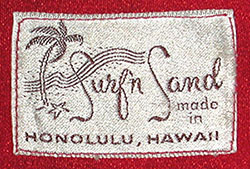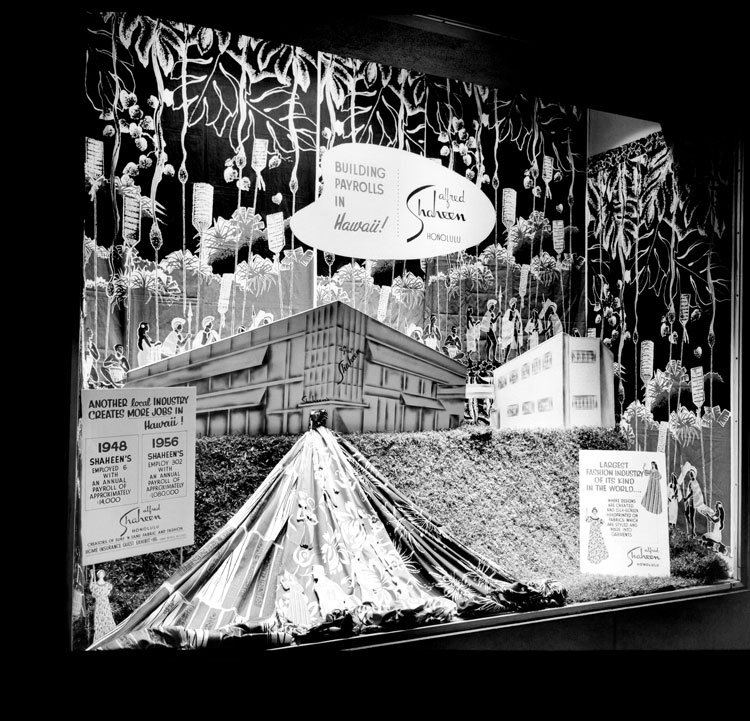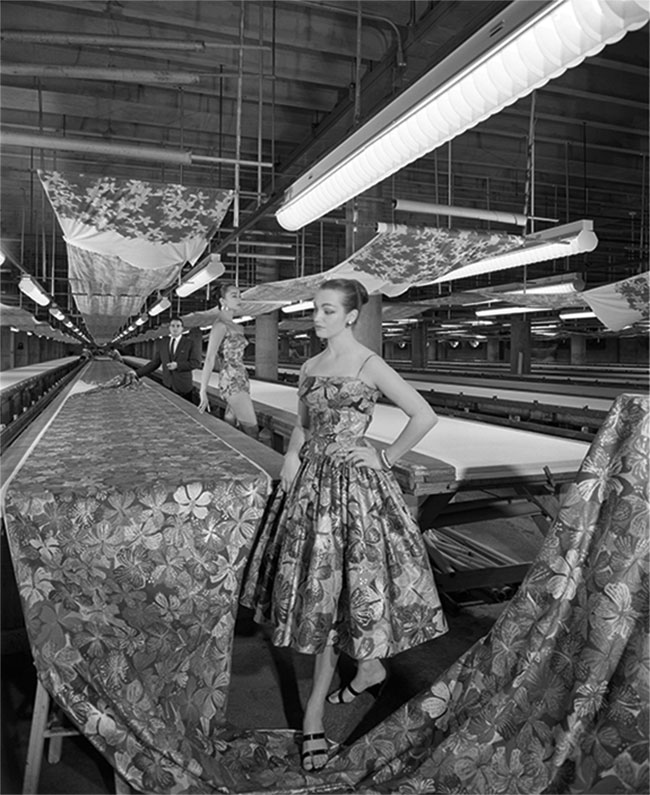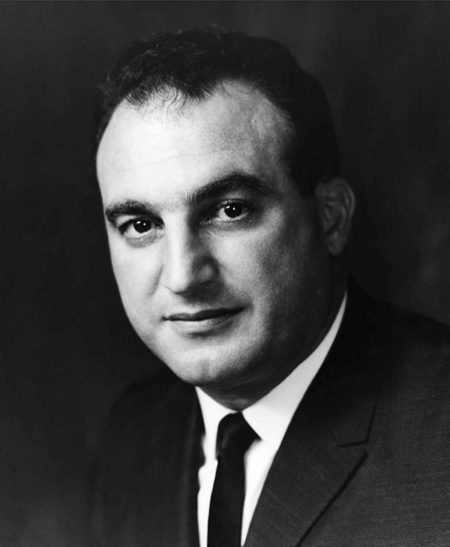Shaheen
From Lebanon to Hawai’i
Late-1800s through the 1940s
Alfred Shaheen was born in Cranford, New Jersey on January 31, 1922 to a family of Lebanese immigrants, who were garment industry entrepreneurs. The Shaheen family emigrated from Arbanieh, Lebanon in the late-1800s. In 1902, Alfred’s grandfather, Assy Shaheen Rizkallah, established A. Shaheen & Sons, a silk mill, in New Jersey, where he wove raw silk he bought from Japan. In New York, Assy manufactured his woven silk into negligees, waists, and undergarments.
In 1897, Alfred’s father, George, who was born in Lebanon, joined Assy in the silk business. By 1909, George started his own silk manufacturing business in Cranford, New Jersey. In 1929, however, George and his wife, Mary, lost their land to eminent domain and moved their operation to California, then eventually to Hawai’i.
Alfred’s parents, Mary and George, settled on O’ahu in 1938 and brought with them the knowledge and experience of a family history in the garment industry. Mary and George established a custom manufacturing business, specializing in custom garments made from silks, brocades, rayon satin, and other formal fabrics. Alfred returned to the mainland and attended Whittier College in California, where he excelled at math, physics, engineering and football. Alfred graduated from Whittier College with a degree in aeronautical engineering just as the U.S. entered World War II.
Alfred enlisted in the Army Air Corps and became a fighter pilot, flying 84 missions over Germany, Italy and France.
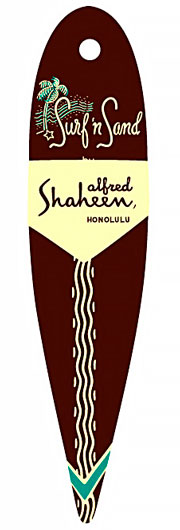
When WWII ended in 1945, Shaheen returned to his family on O’ahu and joined his parents in their custom garment business. In 1948, in keeping with family tradition, Shaheen branched out to create his own garment company, specializing in ready-to-wear aloha shirts and women’s fashions. He started his company in the Shaheen family home on Kalakaua Avenue with four seamstresses trained by his mother, Mary.
Like other Hawaiian manufacturers of his day, Shaheen’s aloha wear was originally made with textiles imported from the mainland. However, using these imported textiles had serious drawbacks. In 1949-1950, a dock strike and the Korean War severely curtailed importation of goods to Hawai’i, and Shaheen soon realized that if he wanted to survive, he must find a way to create his own fabrics. Shaheen set up Surf ‘n Sand Hand Prints, his first print plant, in a Quonset hut on Hornet Street on the outskirts of town. With two inexperienced local workers, Shaheen began building his machinery from parts he found in Honolulu’s junkyards.
1950s through the 1960s
By 1952, Shaheen had engineered and built his own machinery to print, dye, and finish his fabrics. Shaheen was printing more than 60,000 yards of fabric per month under the label Surf ‘n Sand. In 1956, Shaheen built an $8,000,000 factory, showroom, and office complex. By 1959, Shaheen employed over 400 people, sold garments and fabrics worldwide, began establishing a chain of retail stores in Hawai’i, and grossed more than $4,000,000 annually, which is approximately $38,000,000 in today’s currency. Shaheen attributes these achievements to his ability to print and produce his own fabrics.
Honolulu Star Bulletin
Tuesday, April 10, 1956
Alfred Shaheen’s textile designs and fabrics were inspired by Hawai’i, the South Pacific, and Asia. Shaheen studied the native designs of these regions and adapted them to textiles, producing many of Hawai’i’s icocnic prints and bringing ethnic imagery to the forefront in fashion and textiles. Shaheen’s philosophy was to celebrate our ethnic diversity and remain true to authentic cultural art forms.
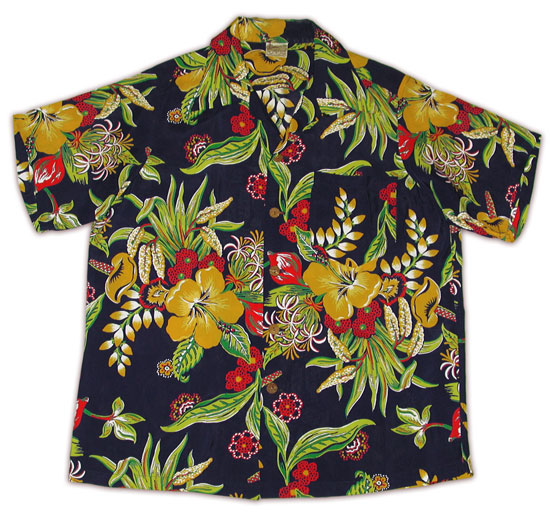
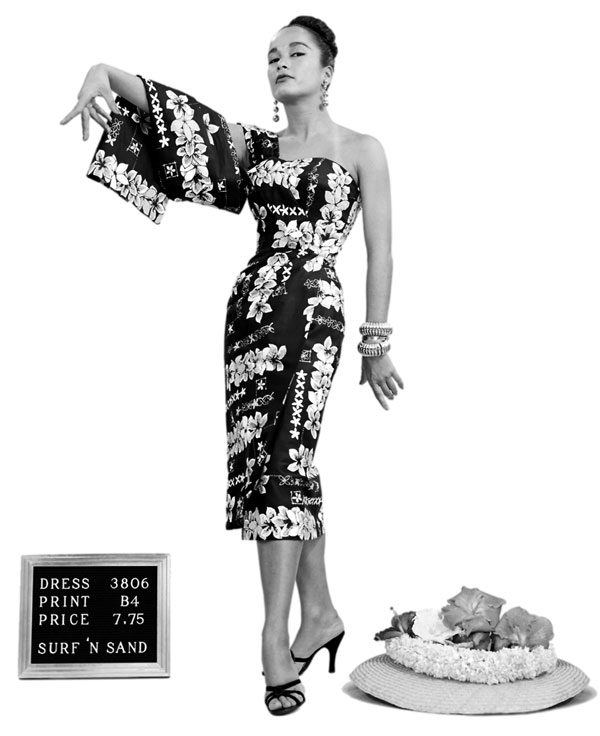
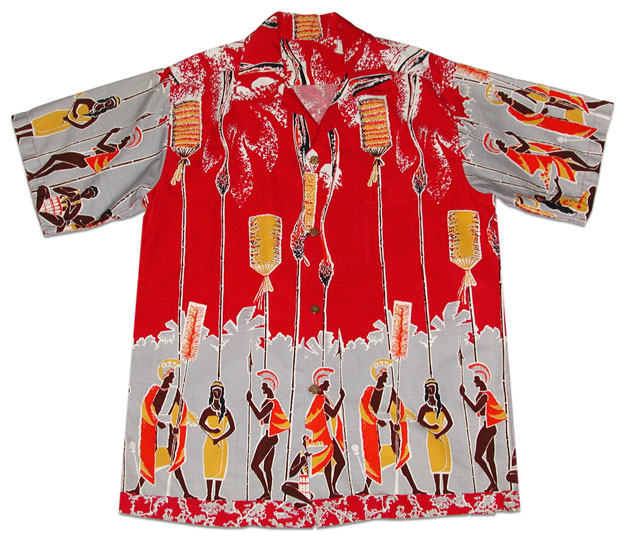
![Shaheen-FishermansFantasy[1]-500](https://www.alfredshaheen.com/wp-content/uploads/2020/07/Shaheen-FishermansFantasy1-500.jpg)
Shaheen engineered his unique method of silk-screening textile designs for mass production, and introduced new sewing and production techniques to the garment industry. In his in-house training department, Shaheen and his mother, Mary, trained artists, printers, screeners, finishers, seamstresses, and models. These highly-trained individuals became known as Alfred Shaheen’s City of Craftsmen and produced the extraordinary garments that made Shaheen the largest aloha wear manufacturer in Hawai’i in the 1950s and 1960s. These specialized craftspeople eventually integrated into the Hawaiian garment industry, taking with them the knowledge obtained from their training and experience.
Shaheen credits many gifted people for his success. Among them are his mother, Mary, for her love, guidance, strength, and incredible artistry; his head dye chemist and close friend, Dr. Edmund Lutz, who was the genius behind Shaheen’s vast library of specialty dyes; the brilliant textile designer, Robert Sato; Richard Goodwin, whose flair for the dramatic created spectacular Shaheen fashions; and his model, the beautiful Beverly Noa, for her radiant grace and style.


